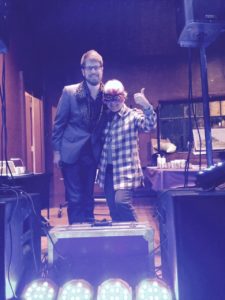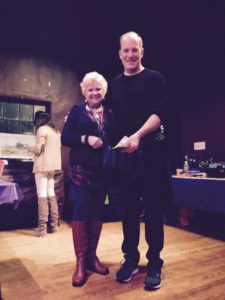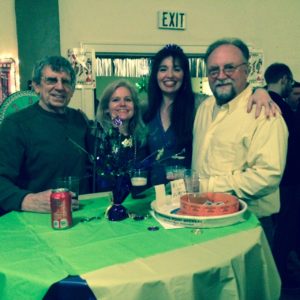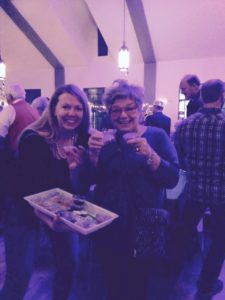To the average Woodruffian, the annual Flea Market is a weekend in June to celebrate the neighborhood. Like many new neighbors, my first encounter came as a complete shock: There are thousands of people! No, seriously. Thousands. Even if the weather isn’t accommodating, central Indiana shows up for this magical weekend in June. Over the years my household has developed a year-long preparation plan:
- Put stuff in the garage and basement marked ‘flea mkt’ all year long.
- Forget about all of the stuff to sell until the week before.
- Panic ensues.
- Scramble on Flea Market Eve getting stuff ready to sell.
- Saturday morning comes and you give up, have a drink with friends and people watch.
When talking with long-term residents about their process, I get the sense that we all experience this at one point or another.
No one really knows when the Flea Market started. I’ve put a date on the official website of 1975, but even that date may not be accurate. I have it on record from one of the original planners that instead, 1976 was the most likely inaugural event. You see, back then the neighborhood was a completely different place. The Flea Market was THE primary fundraiser for a neighborhood completely dedicated to the bootstraps type quality of life improvement and neighborhood preservation. Their goal was to coordinate a neighborhood activity with the country’s bicentennial festivities and use it to fundraise. That first year, residents donated 100% of the proceeds from their individual sales to the neighborhood – netting around $1,000.
As new neighbors came into the fold, they too were just as skeptical about this tall tale of ‘thousands’ of people shopping at the flea market. In the mid-80’s, Tom Abeel, a first time participant, doubted Kimbal and Tessie Lloyd-Jones’s attendance estimates – until they witnessed the 1987 event, “we half-heartedly put a few things in the yard, and holy smokes: Everything sold on Saturday!”
Rosanna Hardin-Hall grew up in Woodruff in the 1940s and 50s, and returned as a full-time resident in 1995. She says her first few flea market years were dedicated to selling off the previous two generations of her family’s belongings from 700 Middle Drive to clear a spot to make a home for herself. Over 20 years into her second-term of residency, she looks forward to sharing her artistic talents by performing charcoal drawings for passers-by.
Now in its 40-something the year of operation, several neighbors prefer to donate their yard to the Flea Market committee, who places an approved vendor in the space for a fee. Some Woodruffians are convinced that this is the best way to enjoy the event – letting someone else do the work while getting to enjoy the best food, drinks and friends on porches throughout the weekend. While you’re finishing off some buffalo nachos, ice cream, elephant ear, draft beer and meat on a stick, be sure to take a minute to appreciate the hard work of the small army of volunteers operating in the background to pull this event off.
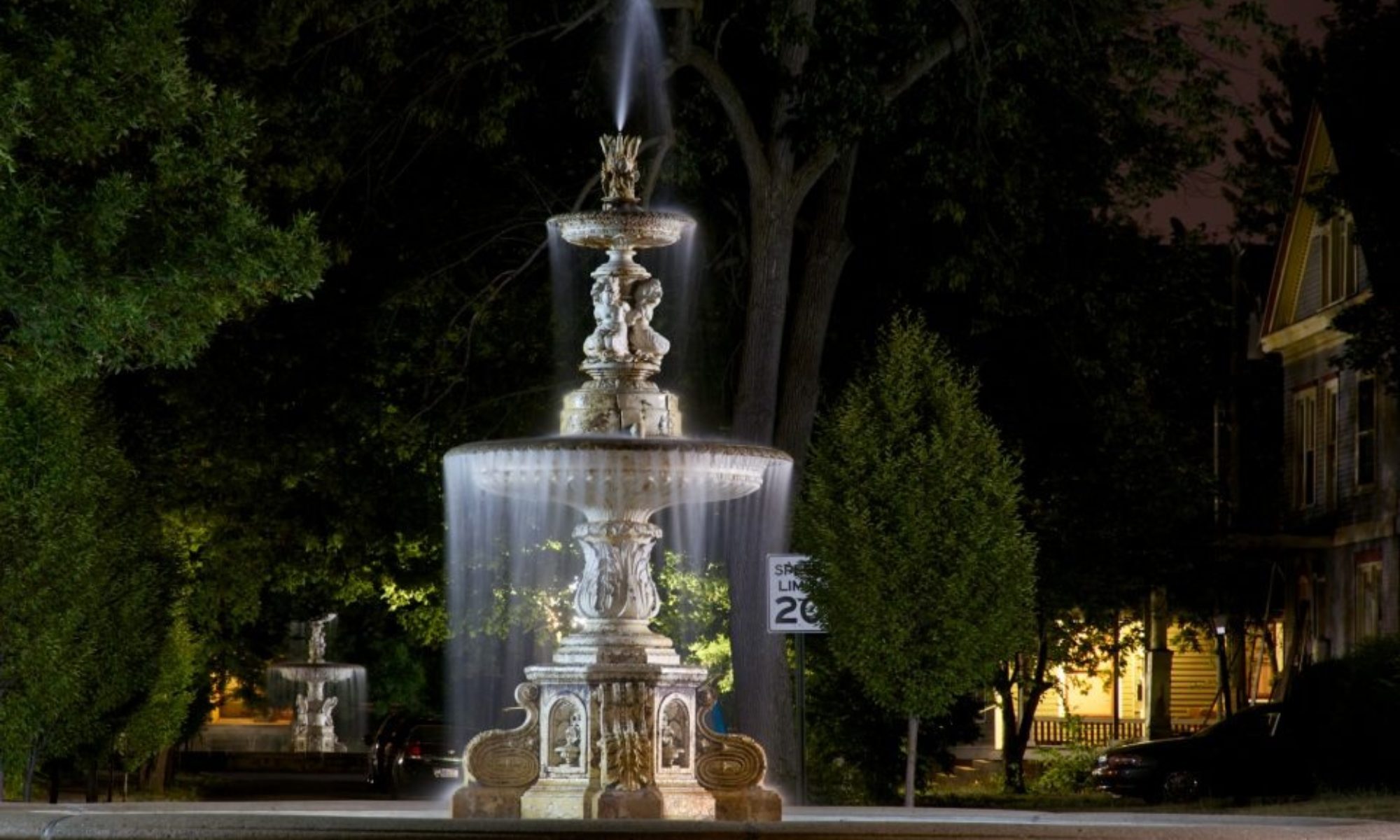
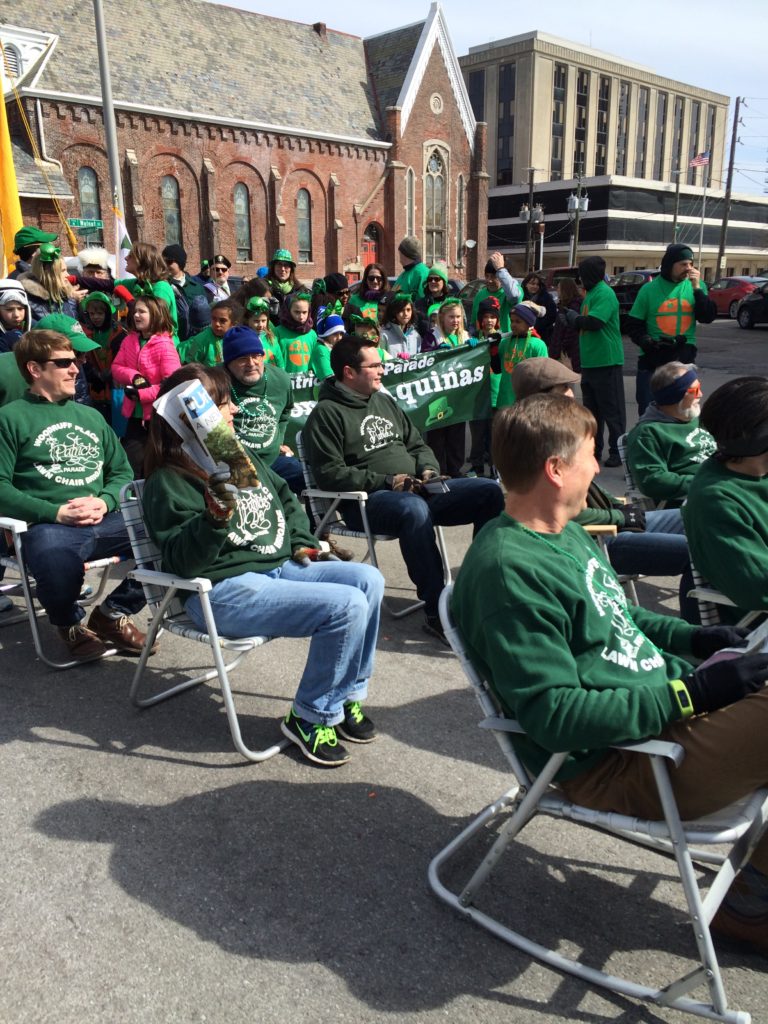
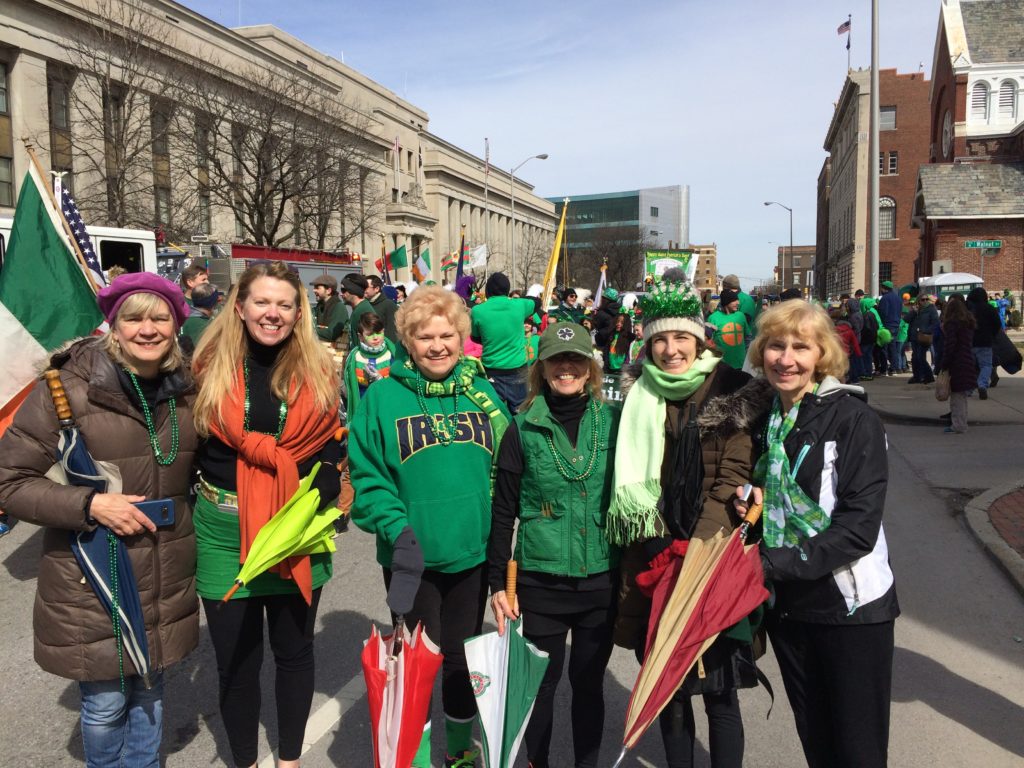
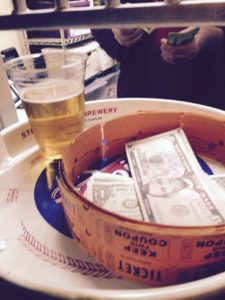 The Historic Woodruff Place Foundation held a successful “Casino Night” fundraiser in February. What started many years ago as a friendly Bingo Night to cure the Winter doldrums, has evolved into a Woodruff Casino that rivals the Bellagio! Some say our fountains are better. Neighbors and friends bought chips, gambled, imbibed, and used their winnings to bid on silent auction items. If you missed it this year, the theme was Mardi Gras. Everyone left with beads, and they got to keep their clothes on. Cajun style food and drinks were served, and many participants dressed in colorful Mardi Gras outfits.
The Historic Woodruff Place Foundation held a successful “Casino Night” fundraiser in February. What started many years ago as a friendly Bingo Night to cure the Winter doldrums, has evolved into a Woodruff Casino that rivals the Bellagio! Some say our fountains are better. Neighbors and friends bought chips, gambled, imbibed, and used their winnings to bid on silent auction items. If you missed it this year, the theme was Mardi Gras. Everyone left with beads, and they got to keep their clothes on. Cajun style food and drinks were served, and many participants dressed in colorful Mardi Gras outfits.